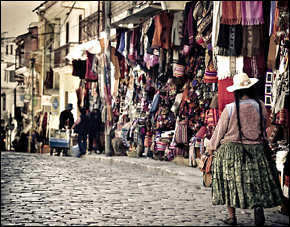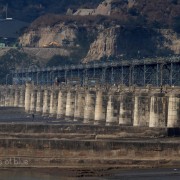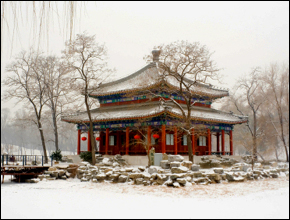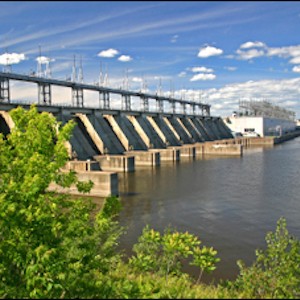Melting Glaciers, Drought Jeopardize Bolivian Capital’s Water
 Planned migrations to water-rich areas are being considered as an emergency option as La Paz’s water supply hangs in the balance.
Planned migrations to water-rich areas are being considered as an emergency option as La Paz’s water supply hangs in the balance.
If new reservoirs and deep aquifers do not supply enough water to Bolivia’s capital of La Paz, government officials are considering moving people to areas with more abundant water supplies, the BBC reports.
“We are thinking about a planned program of migration, mainly to the north of the region,” said Pablo Ramos, governor of the La Paz region, to the BBC. “For sure there’s going to be a huge movement of people – planned and unplanned.”
Specific details about the program – who would be moved, how people would be compensated – were unavailable.
La Paz’s supply problem stems in part from the migration of people who are seeking better economic opportunities in the city. A quarter of the families living in a village near the capital have left in the last decade for the urban center because of a shortage of water supplies for farming, according to the BBC. The glacier on which the nearby village depends is slowly receding.
“Twenty years ago there was a lot more water. We want to plant potatoes, maize and beans but we don’t have enough water,” said Lucia Quispe, a village resident. “We are fighting between ourselves near the channel because one person wants to send the stream one way, and another the other way. We just don’t have enough water.”
There might not be enough water in the city, either. Rural-to-urban migration is a pattern repeated globally, but population growth in La Paz is compounded by supply problems. The glaciers surrounding the world’s highest capital are shrinking faster than expected, the BBC reports.
The Chacaltaya glacier, predicted to disappear in 2015 by Bolivian scientists, melted completely this year, Inter Press Service reports.
A fierce drought brought by El Nino conditions has exacerbated water problems across Bolivia, causing the water in Lake Titicaca to drop to its lowest level in 60 years, according to the Associated Press.
La Paz is not the first city to consider moving part of its population as a response to water shortages. Sanaa, the capital of Yemen, has a water crisis that mirrors La Paz’s. An influx of rural residents and unregulated well drilling is pushing supplies to their limit, the Los Angeles Times reports.
Source: BBC
Read more from Circle of Blue about the problems caused by melting glaciers.
Brett writes about agriculture, energy, infrastructure, and the politics and economics of water in the United States. He also writes the Federal Water Tap, Circle of Blue’s weekly digest of U.S. government water news. He is the winner of two Society of Environmental Journalists reporting awards, one of the top honors in American environmental journalism: first place for explanatory reporting for a series on septic system pollution in the United States(2016) and third place for beat reporting in a small market (2014). He received the Sierra Club’s Distinguished Service Award in 2018. Brett lives in Seattle, where he hikes the mountains and bakes pies. Contact Brett Walton










Leave a Reply
Want to join the discussion?Feel free to contribute!